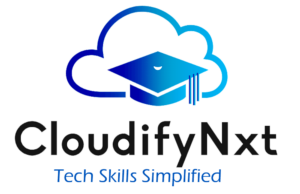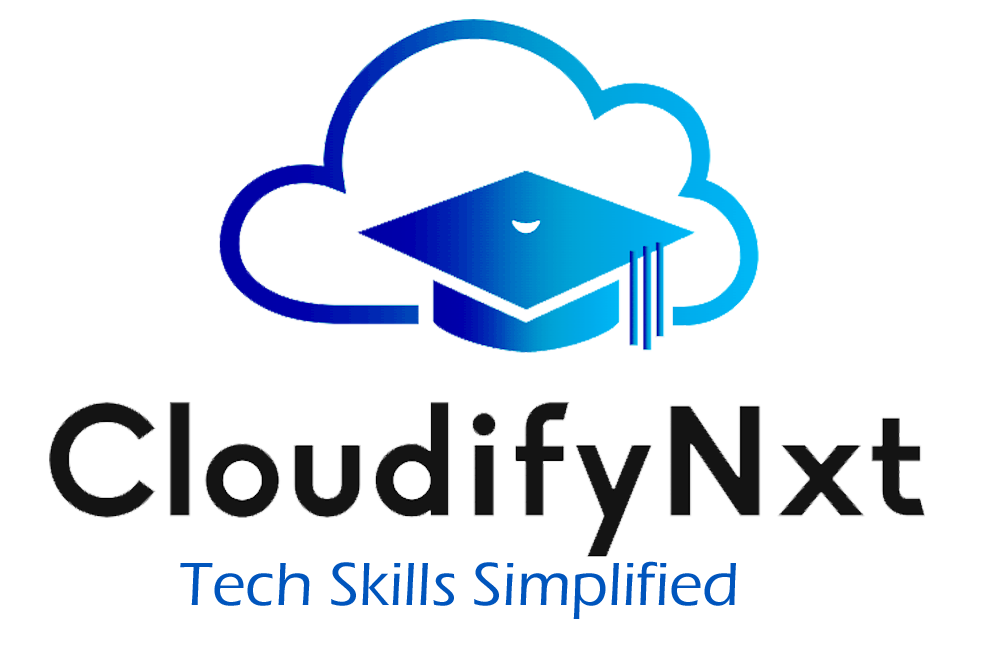
How Can I Start My Career in Data Science? A Step-by-Step Roadmap for 2025
Are you thinking about starting a career in data science but don’t know where to begin? You’re not alone. With the rising demand for data-driven decision-making across industries, “how to start a career in data science” has become one of the most searched queries on the web. Data science is a multidisciplinary field blending statistics, computer science, artificial intelligence, and domain knowledge to derive insights from complex datasets. If you’re eager to future-proof your career with one of the most in-demand skills, this guide is your starting point.
Contents
- 1 🚀 Why Choose a Career in Data Science?
- 2 🧠 Step 1: Understand What Data Science Is
- 3 🎓 Step 2: Review the Educational Requirements
- 4 💻 Step 3: Master Core Data Science Skills
- 5 🛠 Step 4: Build Real-World Projects
- 6 📁 Step 5: Create a Portfolio Website
- 7 🔗 Step 6: Get Certified (Optional But Recommended)
- 8 🤝 Step 7: Network and Join Data Science Communities
- 9 🔍 Step 8: Apply for Entry-Level Jobs and Internships
- 10 📈 Step 9: Keep Learning and Stay Updated
🚀 Why Choose a Career in Data Science?
Before we dive into the steps, let’s understand why data science is one of the top career options today:
-
High Demand: According to industry forecasts, the global data science market will grow exponentially in the next decade.
-
Lucrative Salaries: Data scientists are among the top earners in tech and analytics.
-
Diverse Opportunities: From healthcare and finance to e-commerce and agriculture—data science has applications everywhere.
-
Remote Flexibility: Many roles offer hybrid or fully remote options.
🧠 Step 1: Understand What Data Science Is
Before committing, get a solid grasp of what data science entails. A data scientist’s role typically involves:
-
Data Collection & Cleaning: Working with raw data, cleaning it, and preparing it for analysis.
-
Exploratory Data Analysis (EDA): Understanding patterns, trends, and anomalies in the data.
-
Model Building: Using algorithms to predict outcomes.
-
Visualization: Communicating insights via charts, dashboards, and reports.
-
Decision Support: Translating analytics into business actions.
Pro Tip: Explore introductory tutorials, watch explainer videos, and read beginner-friendly data science blogs to get acquainted.
🎓 Step 2: Review the Educational Requirements
You don’t need a PhD to enter the field, but some academic background helps. Here’s what you should consider:
-
Bachelor’s Degree: Preferred fields include computer science, mathematics, statistics, or engineering.
-
Master’s Degree (Optional): Specialization in Data Science, AI, or Machine Learning can be a plus.
-
Alternative Paths: Bootcamps, online certifications, and self-study are viable for career switchers.
Essential Subjects to Know:
-
Linear Algebra
-
Probability & Statistics
-
Programming (Python, R)
-
Databases (SQL)
-
Data Structures & Algorithms
💻 Step 3: Master Core Data Science Skills
Once you’ve chosen your learning path, focus on developing the core technical skills needed in 2025 and beyond.
Key Skills to Learn:
-
Python or R: For data analysis and machine learning.
-
SQL: To extract and manipulate data from databases.
-
Pandas, NumPy, Scikit-learn: Core Python libraries for data manipulation and ML.
-
Data Visualization Tools: Tableau, Power BI, Matplotlib.
-
Cloud Platforms: AWS, GCP, or Azure for deploying models.
-
Big Data Frameworks: Spark, Hadoop (optional but beneficial).
-
Version Control: Git and GitHub for project tracking.
🛠 Step 4: Build Real-World Projects
Learning theory is important, but practice is what makes you job-ready. Start working on small projects and gradually increase complexity.
Types of Projects You Can Build:
-
Customer churn prediction
-
Sentiment analysis on social media data
-
Sales forecasting for a retail company
-
Healthcare data analytics (predicting diseases)
-
Fraud detection using transaction data
Where to Find Data:
-
Kaggle Datasets
-
UCI Machine Learning Repository
-
Government Open Data Portals (like data.gov.in)
📁 Step 5: Create a Portfolio Website
Your portfolio is your online resume and credibility marker in data science.
Must-Have Portfolio Elements:
-
About You: Brief intro with your data science journey
-
Projects: With visuals, GitHub links, and explanations
-
Blog Section: Write about problems you solved or tools you learned
-
Resume: Downloadable PDF version
-
Contact Info: Email, LinkedIn, and GitHub
🔗 Step 6: Get Certified (Optional But Recommended)
Certifications can boost your profile, especially if you’re switching from a non-tech field.
Top Certifications to Consider:
-
Professional Certificate in Data Science
-
Python for Data Science and AI
-
Machine Learning Specialization
-
Big Data & AI on Cloud
Choose platforms that offer projects, peer reviews, and industry recognition.
🤝 Step 7: Network and Join Data Science Communities
Connecting with others in the field is vital for learning and job opportunities.
Where to Start Networking:
-
LinkedIn: Join groups, follow data science influencers
-
Local Meetups: Attend webinars, virtual conferences, workshops
-
Online Forums: Reddit r/datascience, Stack Overflow, GitHub discussions
🔍 Step 8: Apply for Entry-Level Jobs and Internships
Once your portfolio and skills are ready, start job hunting. Focus on roles like:
-
Junior Data Analyst
-
Data Science Intern
-
Machine Learning Associate
-
Business Intelligence (BI) Analyst
How to Get Hired Faster:
-
Customize your resume for every job
-
Use keywords from the job description
-
Showcase your GitHub profile and projects
-
Prepare for common data science interview questions
📈 Step 9: Keep Learning and Stay Updated
Data science is constantly evolving. Stay on top of trends by:
-
Reading blogs and newsletters
-
Attending tech webinars and workshops
-
Following major conferences like NeurIPS or ICML
-
Exploring advanced topics (like NLP, Computer Vision, Deep Learning)
